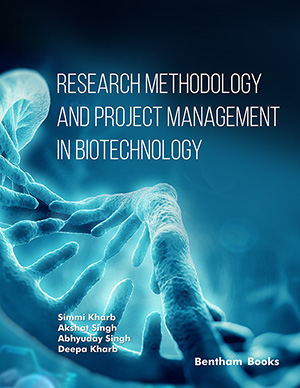Abstract
Background: Clinical and forensic toxicology can be defined as two disciplines involving the detection, identification and measurement of xenobiotics in biological and non-biological samples to assist in the diagnosis, treatment, prognosis and prevention of poisonings and to disclose causes and contributory causes of fatal intoxications, respectively.
Objective: This article explores the close connections between clinical and forensic toxicology in overlapping areas of interest.
Methods: An update has been carried out of the following seven areas of interest in analytical toxicology: doping control, Sudden Cardiac Death (SCD), brain death, Sudden Infant Death Syndrome (SIDS) and Munchausen Syndrome by Proxy (MSBP), prenatal exposure to drugs and Fetal Alcohol Syndrome (FAS), Drug-Facilitated Crimes (DFC) and intoxications by new psychoactive substances (NPS).
Results: While issues such as SCD, SIDS or doping control are investigated mainly in forensic laboratories, others such as prenatal exposure to drugs or FAS are mainly treated in clinical laboratories. On the other hand, areas such MSBP, DFC or the intoxications by NPS are of interest in both laboratories. Some of these topics are initially treated in hospital emergency departments, involving clinical laboratories and sometimes lately derived to forensic laboratories. Conversely, cases with initial medicallegal implications and fatalities are directly handled by forensic toxicology, but may trigger further studies in the clinical setting.
Conclusion: Many areas of common interest between clinical and forensic laboratories are building bridges between them. The increasing relationships are improving the growth, the reliability and the robustness of both kinds of laboratories.
Keywords: Doping control, sudden cardiac death, brain death, sudden infant death syndrome, Munchausen syndrome by proxy, prenatal exposure to alcohol and drugs, drug-facilitated crimes, new psychoactive substances.































